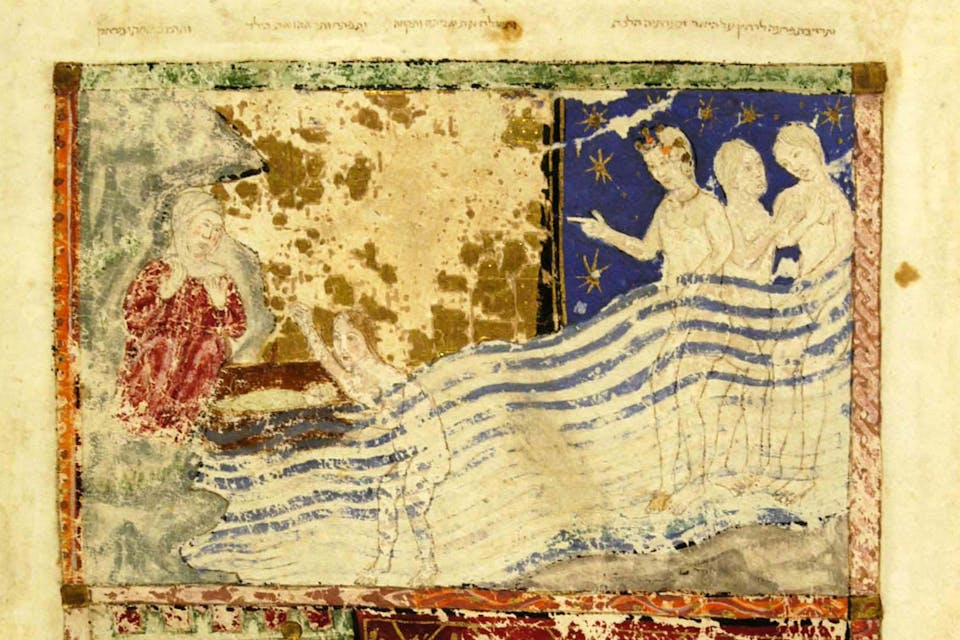
April 5, 2017
Why the Beginning of the Haggadah Is in Aramaic
It's because of demons.
Ha laḥma anya di-akhalu avahatana b’ar’a d’mitsrayim, “This is the bread of poverty [or “affliction,” in many English translations] that our forefathers ate in the land of Egypt,” begins the Passover Haggadah. Spoken while the matzah on the seder table is raised for all to see, these words are not in Hebrew, as is the rest of the Haggadah, but in Aramaic—the Semitic language spoken by Jews and non-Jews throughout the Middle East until gradually displaced by Arabic after the 7th-century Muslim conquest of the area. (Tiny pockets of Aramaic-speakers exist to this day in Syria and Iraq, where recent fighting has threatened to annihilate them.)
Ancient Jewish Aramaic and Hebrew are close. To give an example, the opening sentence of the Haggadah’s narrative in Hebrew would be zeh leḥem ha-oni she-akhlu avoteynu b’erets mitsrayim. And herein lies a puzzle. Although Aramaic was used extensively in Jewish religious literature, and much of the Talmud is written in it, the Haggadah, which dates from the talmudic period, is entirely in Hebrew. Apart from the several lines of the ha laḥma anya, Aramaic is found only in the counting songs of Ḥad Gadya and (marginally) Eḥad Mi Yode’a that are sung at the seder’s end. Why did the Haggadah’s editors, who redacted it in the early centuries of the Common Era, choose to begin it with a brief Aramaic introduction that could just as well have been in Hebrew?
In fact, part of this introduction, in which we invite those with nowhere to eat the seder meal to join us, is in Hebrew. Here is a translation of the whole passage, with its Hebrew parts in bold print: